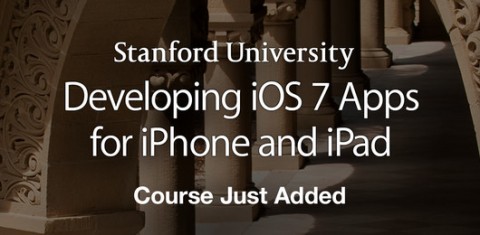I was lucky enough to be living in Chicago when Marc Smith’s Poetry Slam movement became a thing. What fun it was to hit the Green Mill on Sunday nights to hear such innovators as Lisa Buscani or Patricia Smith tearing into their latest entries in front of packed-to-capacity crowds. Those early slam poets inspired a lot of other wordsmiths to brave the mic, a glorious revolution whose gleam was inevitably tarnished for me once it caught on for real.
I remember thinking something like, “If I never hear another poem about someone’s relationship troubles, it’ll be too soon.”
To further illustrate my waning enthusiasm, here’s the above thought, rendered in Standard Spoken Word Venacular:
If
I never heeeear
Another Po
Em About Someone’s
Re-la-tion-ship…
Troubles, it’ll be
Too
Soon.
Some two-and-a-half decades further along, Leslie Wu, a doctoral student in Computer Science at Stanford University, has been crowned the winner of the inaugural Code Poetry Slam, and I’m mourning the loss of those long-ago relationship troubles.
To create her winning entry, “Say 23,” Wu donned a Google Glass headset, as she recited and typed 16 lines of computer code, which were projected onto a screen. When Wu ran the script, three different computerized voices took over performance duties, sampling the 23rd Psalm along with an uncredited snippet of In the Hall of the Mountain King.
I may be too hot-blooded to appreciate the artistry here.
Melissa Kagen, who organized the competition with fellow graduate student Kurt James Werner, stated on the university’s website that in order “to really get into the intricacies you really need to know that language.”
I guess that goes double for the competitors. According to Werner, Wu’s poem wove together a number of different concepts, tools, and languages, including Japanese, English, and Ruby. Philistine that I am, I had always thought of the latter as an uncapitalized gemstone and nothing more.
Not that I’m aligning myself with those curmudgeons whose typical reaction to a Rothko or a Jackson Pollack is, “My two-year-old could do better.” For one thing, I’ve got teenagers, and given their druthers, they’d eat their way through the contents of Werner Herzog’s shoe closet before agreeing to learn so much as a single line of code.
What a wonderful world in which so many of us are free to pursue our individual passions to the point of poetry!
If you’re the type to whom code poetry speaks—nay, sings—you should consider putting something together for the fast approaching second slam. Have a look at the work of the eight finalists, if you’re in need of inspiration. Entries are being accepted through Feb. 12.
Find 74 free courses from Stanford in our collection: 825 Free Online Courses from Top Universities.
Related Content:
Learn to Code with Harvard’s Intro to Computer Science Course And Other Free Tech Classes
Codecademy’s Free Courses Democratize Computer Programming
Ayun Halliday is the Chief Primatologist of the East Village Inky, an award-winning, handwritten zine. Follow her @AyunHalliday






